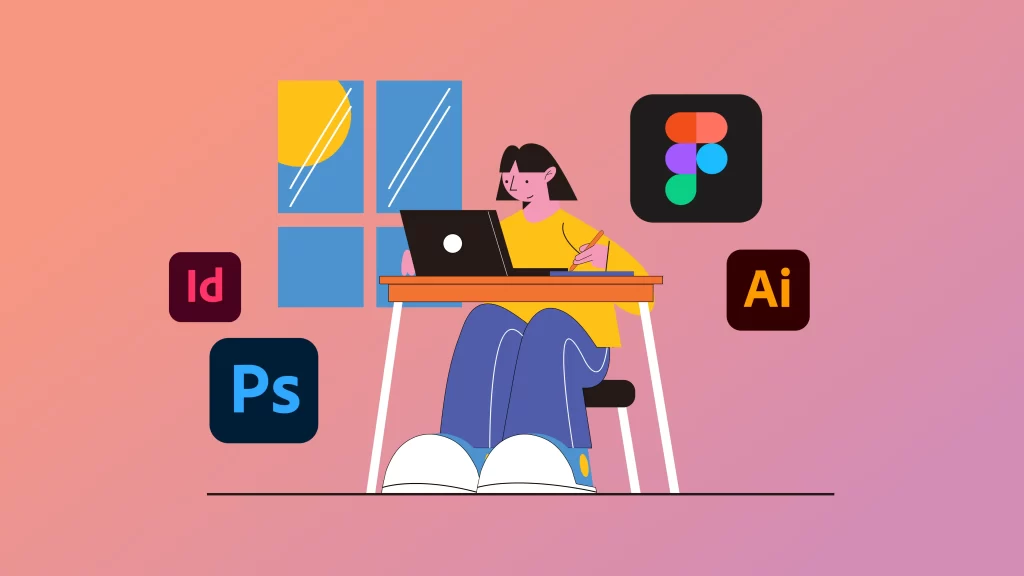
Adobe Photoshop Software
Adobe Photoshop: A Digital Artist’s Playground
Adobe Photoshop, a raster graphics editor, has long been the industry standard for image editing and manipulation. Its powerful features, versatility, and extensive ecosystem of plugins and tools have made it a go-to choice for professionals and enthusiasts alike. In this exploration of Adobe Photoshop, we’ll delve into its core functionalities, popular use cases, and trends shaping the future of this iconic software.
Core Features and Functionalities
Adobe Photoshop offers a vast array of features that cater to a wide range of creative needs. Some of the core functionalities include:
- Image Editing: Photoshop excels at editing and manipulating images, including tasks such as cropping, resizing, color correction, and retouching.
- Layer-Based Editing: The software’s layer-based system allows for non-destructive editing, enabling users to create complex designs and easily undo changes.
- Filters and Effects: Photoshop offers a vast library of filters and effects that can be applied to images to achieve various artistic and stylistic outcomes.
- Painting and Drawing: Photoshop provides a comprehensive set of painting and drawing tools, including brushes, pencils, pens, and erasers.
- Masking and Blending: Users can create masks to isolate specific areas of an image and apply effects or adjustments to those areas. Blending modes allow for seamless integration of different elements within an image.
- Text Tools: Photoshop offers a variety of text tools for adding and editing text within images.
- 3D Editing: While not its primary focus, Photoshop can be used to create and manipulate 3D objects.
Popular Use Cases
Adobe Photoshop is used across a wide range of industries and creative fields. Some of the most common use cases include:
- Graphic Design: Designers use Photoshop to create logos, illustrations, and layouts for print and digital media.
- Photo Editing: Photographers rely on Photoshop to enhance and retouch their images, correcting imperfections and achieving desired aesthetic effects.
- Web Design: Web designers use Photoshop to create mockups and prototypes of websites and web applications.
- Digital Painting: Artists use Photoshop as a digital canvas for creating paintings, illustrations, and concept art.
- Photo Manipulation: Photoshop is widely used for photo manipulation, including creating composites, adding special effects, and altering the appearance of images.
- Print Design: Designers use Photoshop to create print materials such as brochures, flyers, and book covers.
Trends Shaping the Future of Photoshop
As technology continues to evolve, so too does the landscape of Adobe Photoshop. Several trends are shaping the future of this iconic software:
- Artificial Intelligence: AI is being integrated into Photoshop to automate tasks, enhance features, and improve the overall user experience. For example, AI-powered tools can be used to automatically remove backgrounds from images or suggest color palettes.
- Cloud-Based Workflow: Adobe has been transitioning towards a cloud-based workflow, allowing users to access their projects and collaborate with others from anywhere. This has led to the development of features such as Adobe Creative Cloud and Adobe Photoshop on the iPad.
- Integration with Other Creative Tools: Photoshop is increasingly integrating with other Adobe Creative Cloud applications, such as Illustrator and Premiere Pro. This allows for seamless workflows and a more cohesive creative experience.
- Mobile and Tablet Use: Photoshop has been adapted for mobile and tablet devices, making it easier for designers to work on the go.
- Subscription-Based Model: Adobe has shifted to a subscription-based model for its Creative Cloud suite, providing users with access to the latest versions of Photoshop and other Adobe applications.
The Impact of Photoshop on the Creative Industry
Adobe Photoshop has had a profound impact on the creative industry, revolutionizing the way we create, edit, and manipulate images. Its versatility, powerful features, and extensive ecosystem of plugins and tools have made it an indispensable tool for professionals and enthusiasts alike. As technology continues to advance, we can expect Photoshop to remain at the forefront of image editing and manipulation for years to come.




